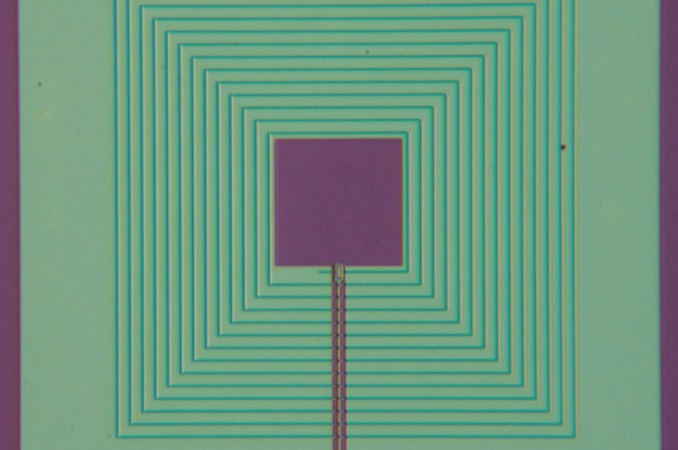
A quantum amplifier, operating at a tiny fraction of a degree above absolute zero, has demonstrated the sensitivity needed to detect microwave-frequency photons that theorists believe may be coaxed from axions, a leading dark matter candidate.
Researchers at the University of California at Berkeley, led by physicist John Clarke, successfully adapted superconducting quantum interference devices, or SQUIDs, for use in the Axion Dark Matter Experiment funded by the U.S. Department of Energy through the University of Washington.
The ADMX device uses a powerful magnetic field and a specially tuned reflective box “to encourage axions to convert to microwave-frequency photons, and uses the quantum amplifier to ‘listen’ for them,” according to a UC Berkeley press release. “All this is done at the lowest possible temperature to reduce background noise.”
ADMX operations manager Andrew Sonnenschein at the Fermi National Accelerator Laboratory in Batavia, Illinois, said the new detector “signals the start of the true hunt for axions.”
“If dark matter axions exist within the frequency band we will be probing for the next few years, then it’s only a matter of time before we find them,” he said.
Dark matter is believed to make up 84 percent of the matter in the universe. Its gravitational effects on stars and galaxies can be seen, but the particles interact so rarely with normal matter that none have been directly detected.
Scientists have spent decades looking for theorised candidates – massive compact halo objects, or MACHOs, and weakly interacting massive particles, or WIMPS, for example – but nothing has been observed. Axions are yet another leading candidate, one that would solve a variety of theoretical problems should they, in fact, exist.
The new Microstrip SQUID Amplifier is the first device that, when cooled to just above absolute zero, has the sensitivity needed to detect the telltale microwave photons that would announce the presence of axions.
“This result plants a flag,” said Leslie Rosenberg, chief scientist for ADMX at the University of Washington. “It tells the world that we have the sensitivity, and have a very good shot at finding the axion. No new technology is needed. We don’t need a miracle anymore, we just need the time.”



